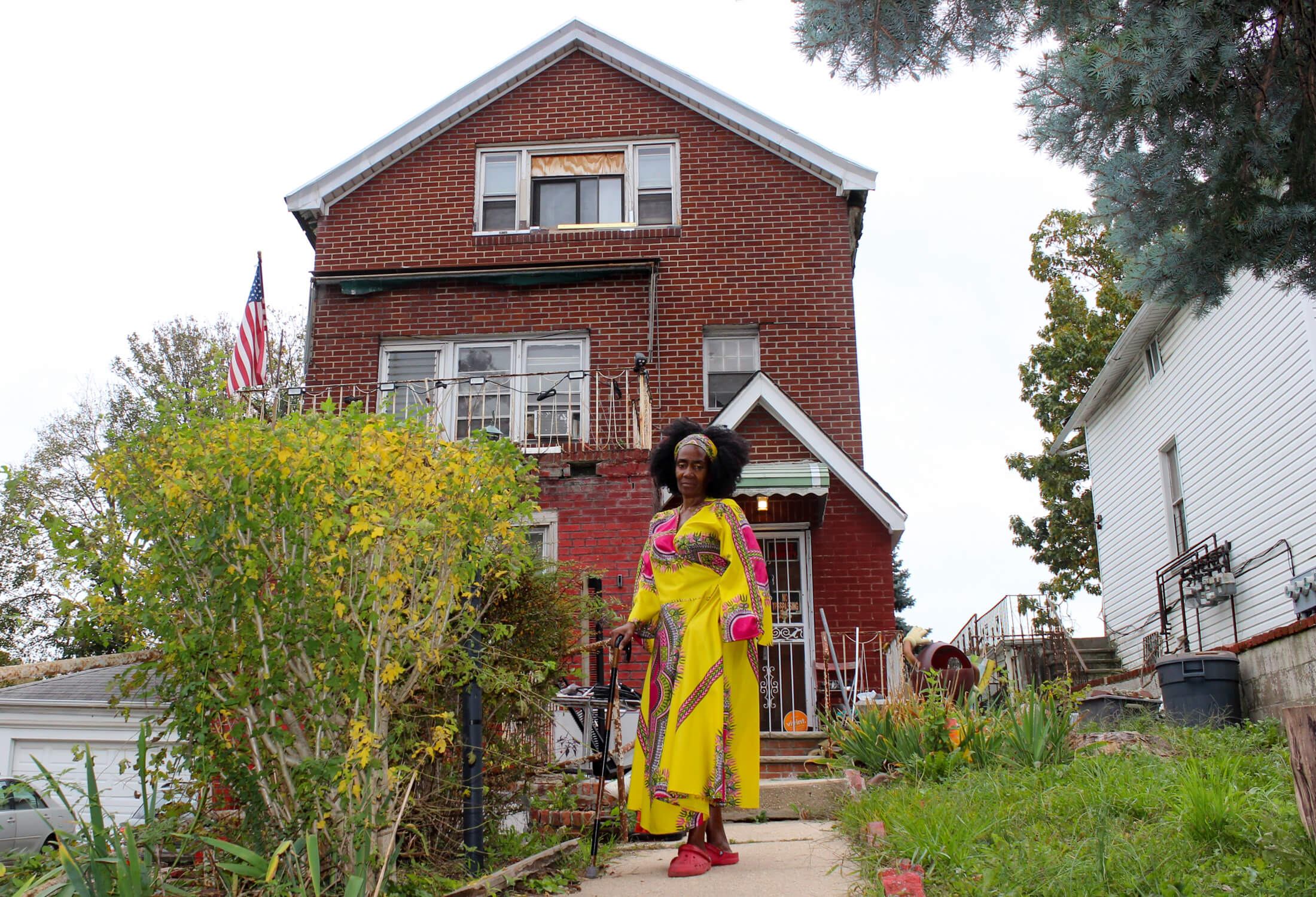Building of the Day: 266 Arlington Avenue
Brooklyn, one building at a time. Name: Formerly Arlington Avenue Presbyterian Church, now Presbyterian Church of the Crossroads Address: 266 Arlington Avenue Cross Streets: Corner of Elton Street Neighborhood: Highland Park Year Built: 1905-1906 Architectural Style: Romanesque Revival Architect: Henry Rutgers Marshall, Sunday School: William Gompert (1916) Other works by architect: First Congregational Church, Colorado…

Brooklyn, one building at a time.
Name: Formerly Arlington Avenue Presbyterian Church, now Presbyterian Church of the Crossroads
Address: 266 Arlington Avenue
Cross Streets: Corner of Elton Street
Neighborhood: Highland Park
Year Built: 1905-1906
Architectural Style: Romanesque Revival
Architect: Henry Rutgers Marshall, Sunday School: William Gompert (1916)
Other works by architect: First Congregational Church, Colorado Springs, CO, Naulakha; Rudyard Kipling’s home in Vermont.
Landmarked: No, but should be.
The story: What an overlooked architectural gem this church is! Here in Highland Park, near the border of Brooklyn and Queens, at the edge of East New York, sits a church worthy of notice anywhere. The church was built at the Arlington Avenue Presbyterian Church, and has a long history in this community.
The congregation was founded in 1889, and before this church was built, they worshipped in a small wooden church built in 1893. That church stood in a lot right next door to the present church, on Elton Street. On April 15, 1905, the cornerstone for this church was laid, and the church was dedicated a year later, in 1906. The building was designed by Henry Rutgers Marshall, a student of Henry Hobson Richardson, the father of the Romanesque Revival movement in America.
Marshall was born in NYC in 1852 and studied at Columbia University, and became a practicing architect in 1878. His association with Richardson obviously had a great influence on his design, as this church is, in many ways, a classic Romanesque Revival building, with fine massing of shapes, the use of brick, terra-cotta and other materials, and the wonderful use of arches, best exemplified in the large stained glass windows on the front and sides of the church.
Marshall designed few buildings, but they are memorable. His only other church on record is the First Congregational Church of Colorado Springs, built in 1889. That church, which is on the National Register of Historic Places, is very similar in shape to Arlington Presbyterian, only there, Marshall used local stone, for a much more rustic looking building, but with the same squat, Romanesque shapes. He also designed a very different Shingle Style/Anglo-Indian bungalow for Rudyard Kipling called Naulakha. This house, built in 1892, is in Dummerston, Vermont, and is also on the National Register. Kipling wrote Captains Courageous, The Jungle Books, and parts of Kim, and the Just So Stories, here.
Interestingly enough, even though Marshall was president of the AIA in New York City, from 1902-1904, and lectured at the Schools of Architecture both at Columbia and Princeton, he’s best remembered for his other career; he was also a psychologist. His writings on clinical psychology are still in print, and he was president of the American Psychological Association in 1907. His writings include Pain, Pleasure, and Æsthetics (1894), and War and the Ideal of Peace (1915). Henry Marshall died in 1927, and is buried in Woodlawn Cemetery, in the Bronx.
The Arlington Avenue Presbyterian Church was home to some of the areas wealthiest residents, including one woman, Margaret Swift, who survived her voyage on the Titanic. The large windows in the church have magnificent stained glass windows, and may be either from the famous Lamb or Tiffany Studios. We need some more research there. They were donated by wealthy parishioners, and installed a few years after the church was built, which is typical of such donations. I was fortunate to be able to go inside, and take a few photographs, thanks to the generosity of the present congregation, which is now called the Presbyterian Church of the Crossroads. Their impressive organ was purchased in part, by a $1,500 donation by Andrew Carnegie, himself.
Take a look at the parish house, as well, designed by William Gompert in 1916, on the site of the old wooden church. It’s a very sympathetic and seamless addition, using the finely shaded terra-cotta used in the front of the church, in a very Gothic manner, but in a very modern way. The terra-cotta details are just wonderful! Well done! GMAP

















What's Your Take? Leave a Comment